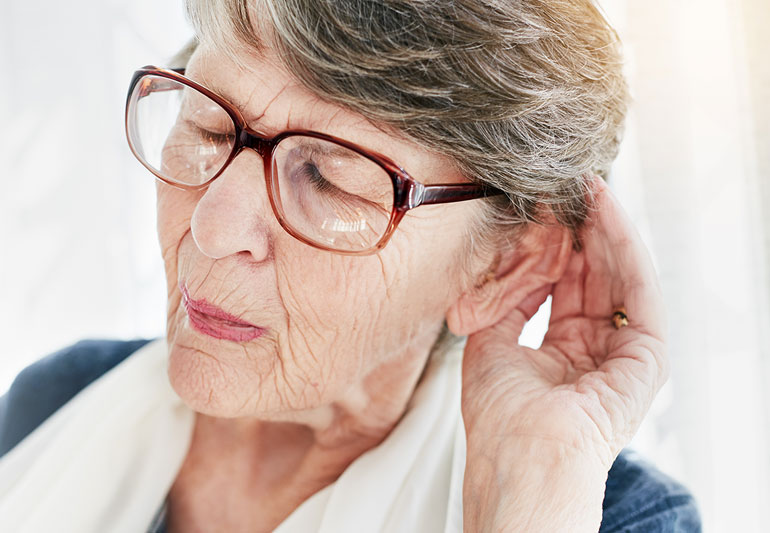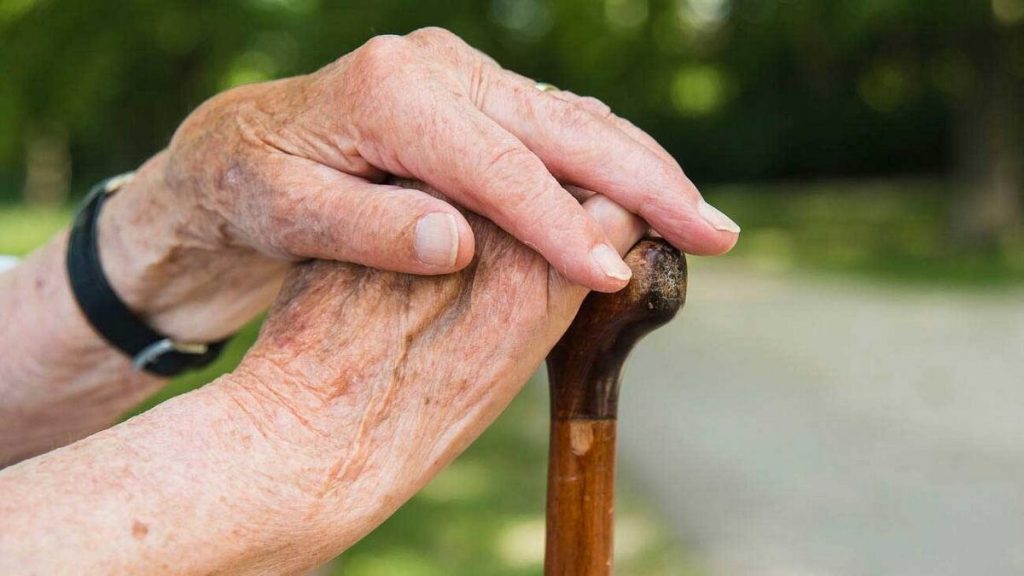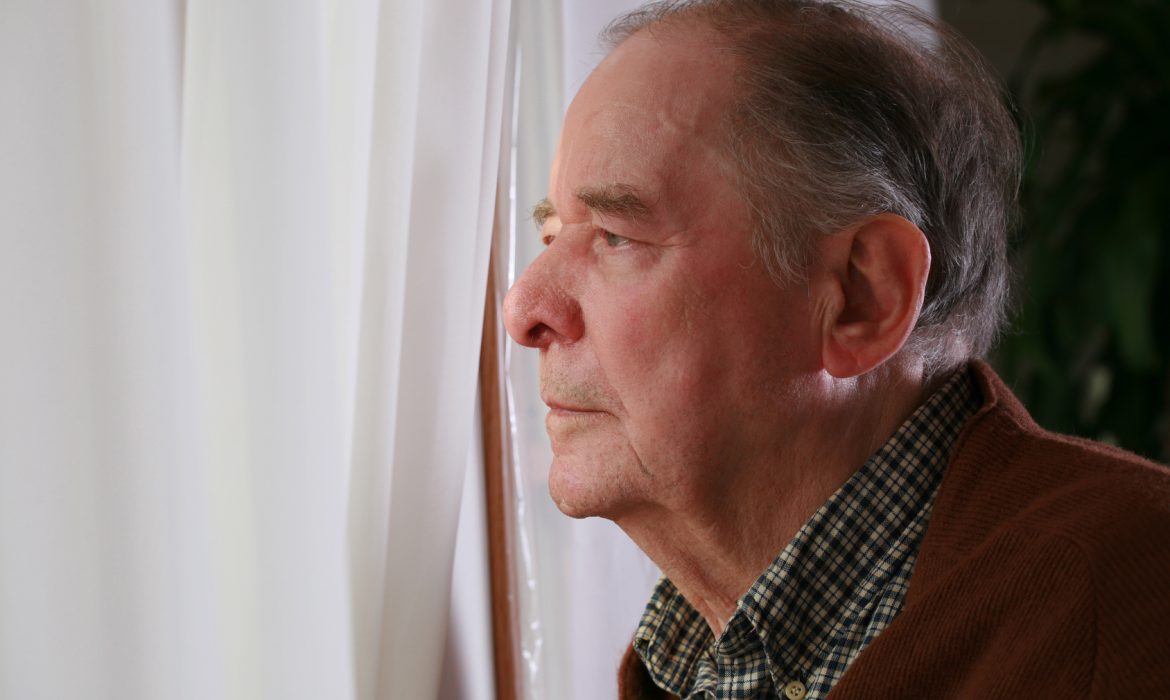The Big Challenges Of Aging
As you age, you may encounter a number of challenges. You may lose friends, have to move from your neighborhood, or suffer from illness. You may also have trouble getting around. All of these issues can affect your quality of life. In this article, we’ll explore some of the challenges facing older adults.
Growing number of older adults
Among other things, older adults report memory loss, decreased sexual activity, and financial insecurity as the biggest challenges they face. Nearly one-third report feeling lonely and having difficulty paying bills, while nearly six-in-ten report feeling unwanted by their spouses and families. But these challenges are not uncommon among older people.
While there are a variety of social and health services available like wilmacliving.com, many older adults may need financial assistance. Nearly 10 percent of older homeowner households have less than $50,000 in total assets. And given the trends in incomes, older adults may have even less money in the future. In these cases, the government offers financial assistance to older adults through various programs. Low-interest loans, expanded Medicaid waivers, and tax credits can all help.
Related: Social Problems Related to Aging
The growing number of older adults in developed countries is facing big challenges. In the United States alone, more than 39 million older adults will be living in their later years. By 2035, the older population will outnumber the younger population for the first time in history. Moreover, the growing number of older adults will pose unprecedented public health challenges.

Impact on health care
The aging population is creating a shift in health care, where the focus shifts from treating disease to supporting health. These changes will require new approaches to streamline healthcare services and optimize costs. One solution is transferring manageable cases from hospitals to community-based “people-center” care providers. In the EU, this type of care delivery model has proven successful in reducing hospital capacity and the average number of days patients are hospitalized.
The number of older people continues to grow, especially in low-income and middle-income countries. By 2050, the proportion of older people will outnumber children under five. This means that by then, 80% of the world’s population will be 65 years old and older. This rapid increase in the number of older people puts pressure on health care systems and public finances. This shift also negatively impacts economic growth.
Related: What is a Good Diet For Someone Over 60?
Impact on housing
The aging of the nation’s population will bring a huge change in the housing market. By 2038, the share of older adults is projected to reach more than thirty-four percent. Current housing stock is not sufficient to meet the housing needs of this growing population. This includes the need for affordable housing options, accessibility, and mobility. These challenges are being addressed by state, local, and federal governments.
The housing needs of aging adults are often greater than the income they earn. The housing costs of older adults are often more expensive than other expenses, making them vulnerable to homelessness. They may also be unable to maintain their homes themselves, which can lead to falls and other injuries. This can lead to social isolation.

Impact on social networks
Older adults have unique experiences when it comes to the decline of their health and the change in their social networks. These two processes affect their daily lives in different ways. The impact on the older adults’ social networks differs depending on their history and coping mechanisms. This study sought to determine the impact of aging on older adults’ social networks.
The study conducted in a community setting examined the effects of health and social network change on older adults’ quality of life. The researchers analyzed data from 16 in-depth interviews with older adults who were aging in place and facing major changes in their social network. The interviews were analysed using grounded theory building, and narrative analysis was used to understand the complex experiences of the targeted sample.
Impact on poverty
In the United States, fifteen million adults aged sixty-five and older are considered economically insecure. This means that they are living at or below the federal poverty level. These people struggle to pay for their daily expenses, such as food, housing, and utility bills. Their financial situation is complicated by adverse life events, such as the loss of a job or spouse.
Poverty and ageing have a complex relationship, involving the health of the elderly. The economic and social conditions of poverty may lead to poor health care choices and social stigma.
Read More